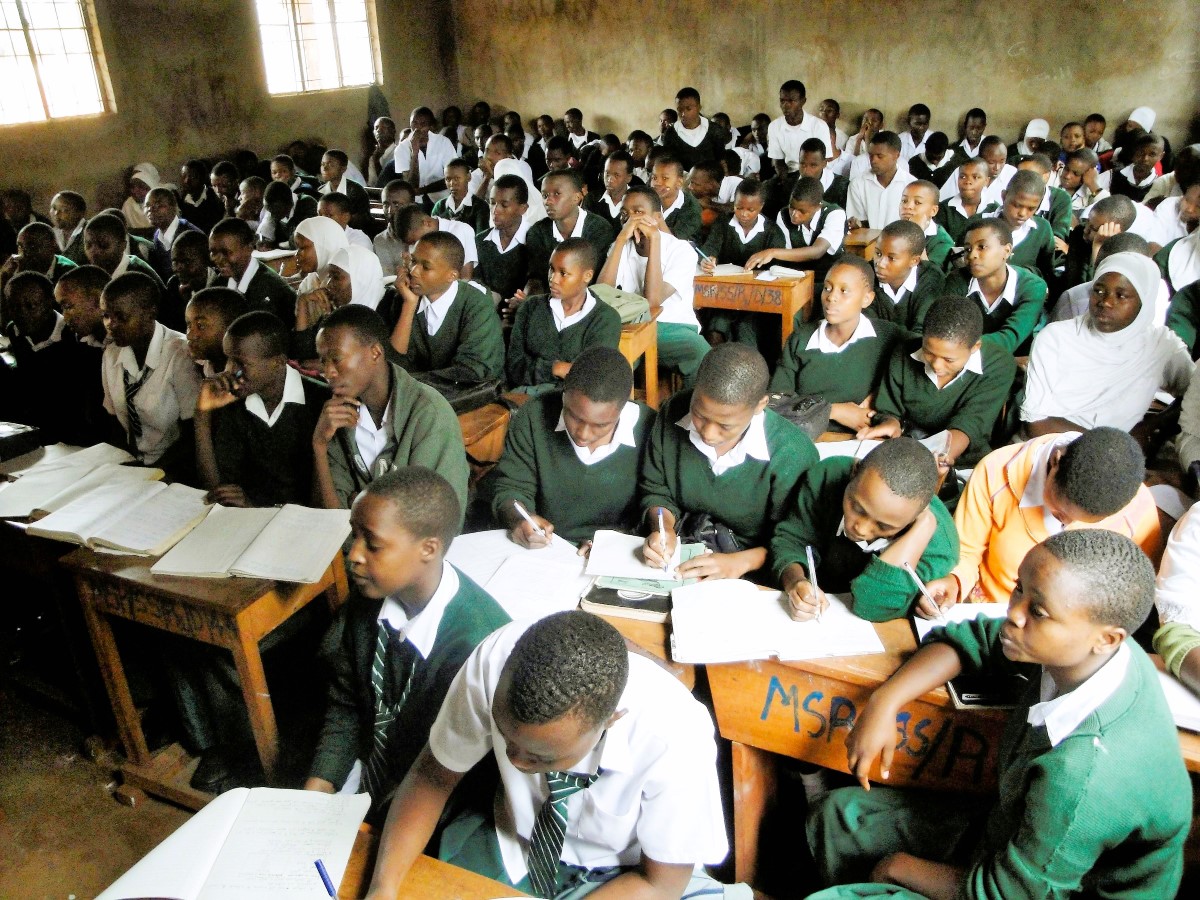Tanzania:
As Primary and Secondary Schools re-open today countrywide, the government has reinstated that no student will miss classes over classrooms’ shortages.
For two consecutive years in Tanzania, all school-going children are smoothly absorbed in the education system.
Similarly, a total of 1,073, 941 pupils, comprising 514,846 boys and 559,095 girls are expected to begin their secondary education studies this year.
Recently again, President Samia Suluhu Hassan restated that not a single student will miss an opportunity to join secondary education due to the lack of classrooms.
She indicated that in the past 100 days, the government managed to construct a total of 8,000 fully furnished classrooms for secondary schools countrywide.
The 8,000 new classrooms come as the government in 2021 completed construction of 15,000 classrooms for Primary and Secondary Schools across the country.
“The classrooms are ready to be used when schools open for the academic year 2023… this historic achievement will bring relief to at least 400,000 students,” she said on her Twitter handle.
In less than two years of President Dr Samia’s reign, the government has surpassed the target of constructing classrooms for secondary schools by 198 per cent.
Going by the Third National Five-Year Development Plan (FYDP-III) being implemented between 2021/22 and 2025/26, the government plans to construct another 4,040 classrooms for secondary schools across the country.
However, last year alone, the government constructed 8,000 new classrooms ready to be used starting today, when schools reopen for the academic year 2023.
Furthermore, the government has planned to construct about 184 new secondary schools across the country before June this year.
The Deputy Permanent Secretary in the President’s Office, Regional Administration and Local Government (PO-RALG) Dr Charles Msonde disclosed recently that the schools will be built as part of implementing the budget for the financial year 2022/23.
“A total of 232 secondary schools have already been built through the Secondary Education Quality Improvement Project (SEQUIP) in the financial year 2021/22… and during this financial year and before June 2023, we will complete the construction of 184 new Secondary schools, where each council will get one school,” Dr Msonde pointed out.
In particular, the Deputy PS said that the construction will cost 600m/- for each school, where in the first phase the government will allocate 470m/-, indicating that the remaining 130m/- for each school will be released during the second phase of the project.
According to him, the funds disbursed in the second phase of implementation will construct teachers’ houses and procurement Information and Communications Technology (ICT) equipment for learning.
In a related development, the Deputy PS noted that construction of the 184 new secondary schools will go hand in hand with the construction of new five secondary schools.
He stated that the schools will be executed under SEQUIP project, where President Samia has already issued 30bn/- for the construction projects in 10 regions at a budget of 3bn/- for each.
Reached for comment yesterday, education stakeholders expressed optimism about the progress made by the government in enrolment of all primary and secondary students for two consecutive years.
An Education Expert with the Tanzania Education Network (TenMet), Mr Nicodemus Shauri, singled out that the President Samia has always been clear in vision with regard to the improvement of the education sector of the country, since assuming office.
He further said: “For the country to reap more benefits from the education sector and realise the Sustainable Development Goals (SDGs) of leaving no one behind, the government needs to collaborate with other stakeholders in mobilising more resources in the wake of curbing a few remaining challenges.”
Besides that, he suggested on strengthening of the -Public-Private Partnership (PPP) approach by offering capitation grants to private schools in efforts to accommodate more students.
On his part, the Chairperson of the Policy Forum of the Tanzania Association of Managers and Owners of Non-Government Schools and Colleges (TAMANGSCO), Mr Benjamin Nkonya, was of the view that the government should effectively collaborate with the private sector in education to attain better results.
Source: allafrica.com
Share this news
This Year’s Most Read News Stories

British Zanzibar Investor stuck in African island ‘hell hole’ prison
Simon Wood, a British Investor in Zanzibar is being held in a “hell hole” prison after being charged with money laundering by police on the paradise island of Zanzibar after he was arrested with his wife Francesca Scalfari. President of Zanzibar, Hussein Mwinyi, to recieve criticism for the couple’s detainment.Continue Reading

Tanzanian insurance firms upbeat after first quarter business growth
Total gross written premiums for the insurance industry have increased by 13.68 percent in the first quarter of 2024, with small and medium-sized companies showing higher growthContinue Reading

British Investor’s $1.6 billion real estate project in Zanzibar lies in limbo
The revocation of British developer Pennyroyal’s leasehold for the construction of Blue Amber Resort by the Revolutionary Government of Zanzibar has sent shock waves in the nascent property market on the Isles.Continue Reading











